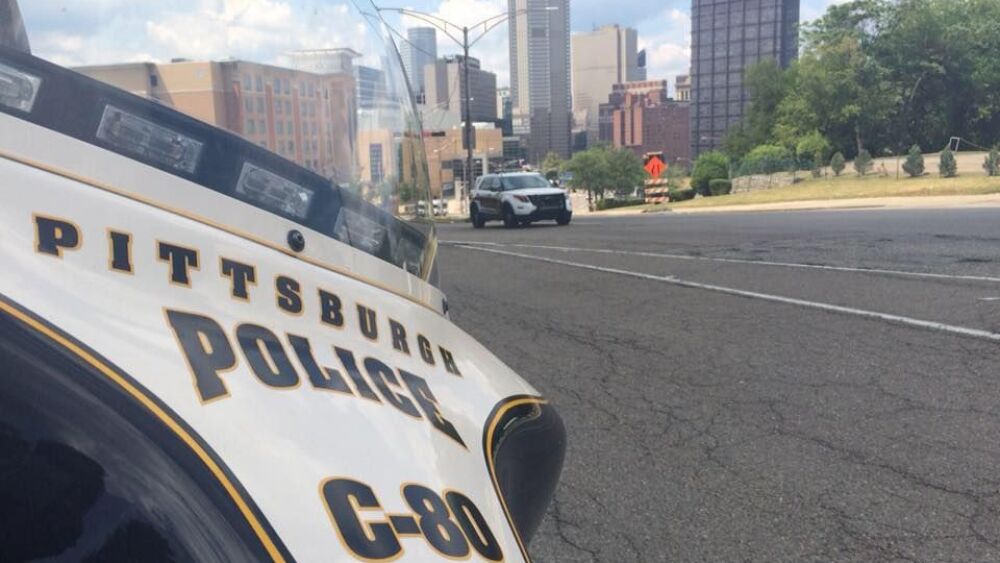By Megan Guza
Pittsburgh Post-Gazette
PITTSBURGH — City leaders are abandoning Pittsburgh’s co-response program, which places a police officer and social worker in the same vehicle to respond to mental health-related calls, opting instead to pair social workers together in separate vehicles to act as “secondary” responders.
Public safety officials say the move will improve coverage, but advocates for the co-response model say separating cops from social workers means eliminating a program that has been working.
| DOWNLOAD: How to fund a real time crime center (eBook)
In an email to City Council members Wednesday afternoon, Assistant Public Safety Director Camila Alarcon-Chelecki described the change — from “co-response” to “Crisis Response Teams” — as one that will “expand coverage, improve care and enhance collaboration.”
Advocates for the co-response model, however, worry the change will undermine the consistency of crisis response in the city and undermine the trust the current setup has built — not only between residents and the teams, but between law enforcement and social workers as well.
Elizabeth Pittinger, director of the Citizen Police Review Board, said upending the co-response model will undermine the consistency of crisis response in Pittsburgh — and the carefully built trust among residents, law enforcement and clinicians.
“A lot has been invested,” she said. “Not only time, but human cost — people buying into this whole idea, which was a tough sell in this town. We get something that’s working, and people are enthused about it ... then, poof, gone. Why?”
Ms. Alarcon-Chelecki told the Post-Gazette late Wednesday afternoon that the changes are based on national trends as well as insight she said has been gleaned by the past 1 1/2 years of co-response: “We just saw that it wasn’t an effective and efficient use of resources.”
“A lot of the time,” she said, “these crises take over an hour to deescalate and mitigate, and police are kind of stuck in the car with us, and they could really be responding ... to emergencies that don’t require a social worker.”
She said the transition will also allow other public safety bureaus — and departments outside of public safety — to request a crisis response team to a scene.
Some other programs within the Office of Community Health and Safety, which oversees the co-response program, respond alongside other first responders. Those programs include People in Need of Support, the Post-Overdose Support Team, and the Trauma Survivors Assistance Program.
Mayor Ed Gainey’s preliminary 2026 budget already looked to pare down the co-response program — a program with origins in the Bill Peduto administration — from 10 co-response clinicians budgeted for in 2025 to six next year. The budget also eliminated five second-shift co-response clinicians.
Public Safety Director Lee Schmidt said the changes are unrelated to the budget numbers, and public safety officials “are still working with the mayor’s office in hopes that we will be able to maintain the current budgeted allowance of social work positions.”
The city had a posted opening for a co-response clinician as recently as late August.
The co-response program in its current form is led in part by a police sergeant who acts, essentially, as the connector between the Office of Community Health and Safety and the police bureau. That position was recently opened for applications and the position was filled. The new iteration — the crisis response teams — will not include that position.
Some involved in the co-response program — on the clinical side as well as the law enforcement side — said they were blindsided by the sudden change, which public safety officials told council was done in “close coordination with public safety and police leadership.”
Ms. Pittinger, of the Citizen Police Review Board, said a key piece of crisis response will be lost with the change: Police and clinicians responding together.
“It’s huge,” she said. “You’re in separate cars, civilians are trying to get to a scene where there’s a critical incident going on and someone’s in crisis. You’re not going to get there when the officer gets there — when you’re needed.”
Ms. Alarcon-Chelecki said co-response teams “were never really first on scene, even with police, or second on scene.
“What we were seeing is there would be like, three to four units there before we got there,” she said.
Some involved in the program, though, said it wasn’t infrequent that police-social worker units were the first to arrive at a scene.
And Ms. Pittinger said social workers arriving after police have dealt with call defeats the purpose: “That’s not doing anybody any good.
“The police need that support,” she said. “They were finally buying into it, and it was getting rolled into the practice and then, ‘boom.’”
Staff writer Hallie Lauer contributed to this report.
© 2025 the Pittsburgh Post-Gazette. Visit www.post-gazette.com.
Distributed by Tribune Content Agency, LLC.







